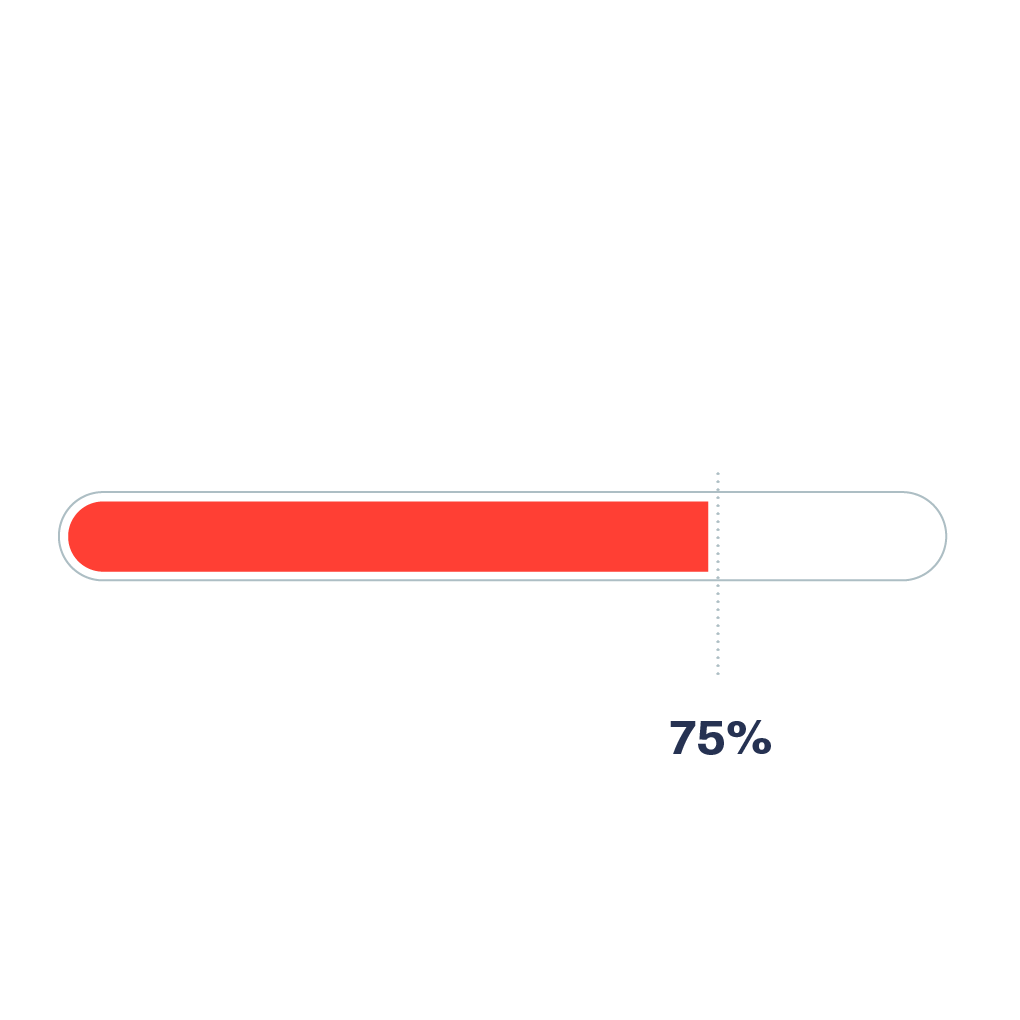In Catlin Tucker's recent episode of her SEL series of the podcast, The Balance, she talks about how important Self-Management is to student development, and how vital it is that we provide students with opportunities to make choices.
One research-based and easy way to do this is to provide students opportunities to monitor their own progress through checklists. Chunking big assignments into smaller pieces is often a recommendation on individualized student plans, and this makes sense: just as we wouldn't do well shoving a whole candy bar in our mouths at once, our students won't digest the task well if we ask them to conceptualize it all at once.
Additionally, education specialist Dr. Kathleen Dudden Rowlands believes checklists are more than just a way for students to stay organized and on-task:
"Metacognitive research consistently suggests that students who know how to learn, know which strategies are most effective when faced with a problem or a task, and have accurate methods of assessing their progress, are better learners than those who don't."
So what to do?
Option 1: Provide Assignment Checklists
Option 2: Support Students in Creating their own Checklists
Not only is breaking tasks down an important life skill, but it helps students grasp the scope (and best sequence) of the task at hand. You can scaffold this by providing a partial checklist, with students brainstorming minor tasks under a major heading, or even by creating the checklist together as a whole class or in groups.
If you want a lesson plan idea for supporting students in breaking down directions, check this out. If you want to support students by using technology, be sure to include some time to model the tool!
Technology tools to try:
Are kids mobile? Kids can use Google Keep, which is great for use on computers and mobile devices, quickly saving content, and collaboration. (Learn more about using Google Keep with students at ShakeUpLearning.) Is the task big? Students might also use Google Sheets for a more involved project. Each part of the task can have its own tab and set of checklists. TLI also has some templates that you can provide students that cross items off the list when the box is checked AND show progress in a progress bar.
Is the task big? Students might also use Google Sheets for a more involved project. Each part of the task can have its own tab and set of checklists. TLI also has some templates that you can provide students that cross items off the list when the box is checked AND show progress in a progress bar.
Want to keep it really simple? Google docs has also just made it easier to create and use checklists, which allows for students to check and cross out items (or uncheck, if they realize it isn't done). Check out the 2 minute tutorial below that shows a few ways to make checklists!
A note about behavior: Do you have students who might benefit from an academic behaviors checklist? Enlist them in creating their own self-management goals for the day with this tool from Intervention Central.


No comments:
Post a Comment
Have something to ask or add? Let us know! We have moderation turned on (just in case), but we will be sure to approve new comments each week day.